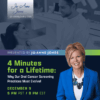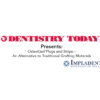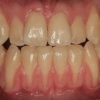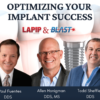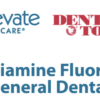Oral and oropharyngeal cancers continue to escalate with trends showing a shift in both etiologic pathways and patient profile.
Courses
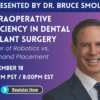
Intraoperative Efficiency in Dental Implant Surgery: Power of Robotics vs. Freehand Placement
by admin 1 Lessons in Implants
Explore how haptic robotic guidance is transforming dental implant workflows. In this multi-site clinical study of 83 patients (171 implants), researchers compared traditional freehand implant placement with robotic-assisted procedures for both partial- and full-arch cases.
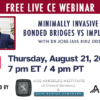
FREE CE WEBINAR: Minimally Invasive Bonded Bridges vs. Implants
by admin 1 Lessons in Crown & Bridge, Implants
In this course, Dr. Ruiz will share indications, principles for success, prep designs for a variety of circumstances on the anterior and posterior teeth, as well as step-by-step techniques for temporizing and predictable bonded cementation of different restorative materials, including zirconia.
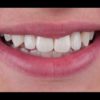
Synergy Through Technology: The Restorative Value of a Digital Workflow from Diagnostic Design to Final Delivery
by admin 1 Lessons in Prosthodontics, Technology
This lecture will explore modern restorative workflows powered by digital diagnostics, emphasizing remote collaboration, material innovations, and prosthetically guided treatment planning. Through multiple clinical case presentations, participants will gain a comprehensive understanding of the benefits of a fully digital, streamlined full-arch approach.

Intraoral Photogrammetry: The Next Step in Full-Arch Implant Precision, Part II
by admin 1 Lessons in Implants
This dynamic session builds on foundational concepts and highlights real-world applications, demonstrating how a fully digital approach can streamline clinical procedures, enhance implant placement accuracy, and elevate overall patient outcomes.

FREE CE WEBINAR - FP1 Full-Arch Implant Restoration
by admin 1 Lessons in Implants
In this in-depth webinar, Dr. Corey Glenn and Danny Domingue, DDS, walk you through a complex FP1 full-arch immediate load case using guided surgery, facial scanning, photogrammetry, and advanced digital workflows. From initial planning and digital wax-ups to final prosthetic delivery, this presentation covers every step—including implant placement, bone reduction, smile simulations, and the use of the Vortex screw system.
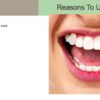
Fighting Biofilm With Oral Rinses
by admin 1 Lessons in Oral Medicine
Dr. Robert Martino discusses the use of new oral health care products and rinses that can make a huge difference in patient outcomes. He also focuses on patients in orthodontic treatment.
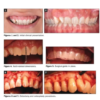
Use of Aesthetic Crown Lengthening Surgery to Correct Gummy Smiles (#265)
by admin 1 Lessons in Periodontics $40.00
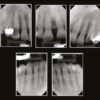
MRG (Oral Candidiasis) Masquerading as Geographic Tongue (#262)
by admin 1 Lessons in Oral Pathology $40.00
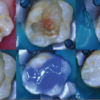
Management of Deep Caries for Immature Teeth: A Philosophical Dilemma (#260)
by admin 1 Lessons in Endodontics $40.00
Listerine Roundtable Webinar (#259)
by
admin
1 Lessons
in Hygiene
$29.99 $20.00

